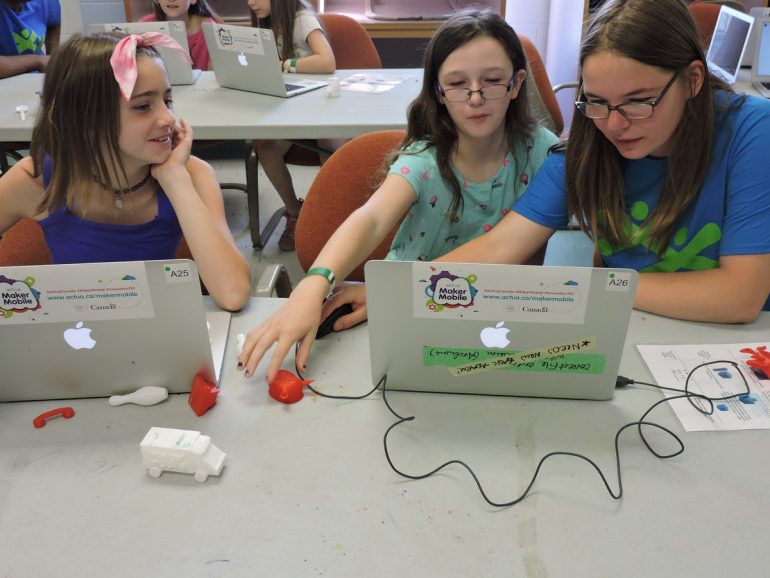In her column published by the Globe and Mail, neuroscientist Dr. Debra Soh defends the 10-page anti-diversity manifesto by a California-based software engineer, arguing that biology is the reason that women are underrepresented in science, technology, engineering, and math (STEM) fields, and there’s nothing we can do to change this reality.
Dr. Soh fails to recognize that it is because of our difference in biology — and the way men and women think differently — that we must have both women and men in equal proportion in all fields of STEM.
Dr.Soh points out the obvious: women and men are genetically different. But it is regressive, repressive, and entirely false to use this as the reason why women are not equally participating in STEM. For decades, women have been shut out of STEM fields, facing barriers such as active resistance, stereotypes, structural constraints, and formal or informal biases. These barriers are cultural, not scientific.
We have made good progress on gender equity and there is tangible, indisputable evidence of the benefits of more women in STEM.
We need to stop looking at the issue of women in STEM as quota-filling, and start talking exclusively about why achieving 50 percent participation of women matters. It matters because half our population is female. It matters because women are neurologically different and we need that perspective for better research and better products. We can no longer explain away women’s participation rates in tech careers by saying that “they just aren’t interested” or “that these career types don’t meet the lifestyle preferences of women.” To do this is to do a disservice, not just to women, but to society as a whole.
If women’s perspectives are not represented in STEM then we will continue to live in a world designed almost exclusively by men. We will not solve the world’s big problems — whether it be cancer, climate change, food security, health care — if women are not at the table in equal numbers.
Working with girls in STEM over the past twenty years, I’ve learned that a lot of the scientific research that Dr. Soh is basing her arguments on does not reflect the experiences of girls and young women. Girls love science and technology, and they are good at it. Really, really good at it. Research demonstrates that they achieve and outperform boys in these subject areas, but they are then discouraged actively from pursuing careers or advancement in these fields.
Barriers for women in STEM are absolutely culturally-driven. The fact is that we have to engage girls in preschool, because that is when they start to internalize the hundreds of messages they receive telling them that STEM is not for them.
We have made good progress on gender equity and there is tangible, indisputable evidence of the benefits of more women in STEM. Fortune 500 companies with at least three women on their board perform 53 percent better than those that don’t. Companies all over the world have prioritized diversity and have set ambitious targets for female participation; we have an incoming Governor General that is a female astronaut and a feminist Prime Minister that has made gender equity a priority in every way.
Most importantly, girls are telling us they want to work on the big problems, they want to lead, and they want the skills to bring their ideas to life. We need to keep that momentum going strong, because as Dr. Soh so clearly demonstrated, we still have a lot of work to do.
Photo via BGC London


